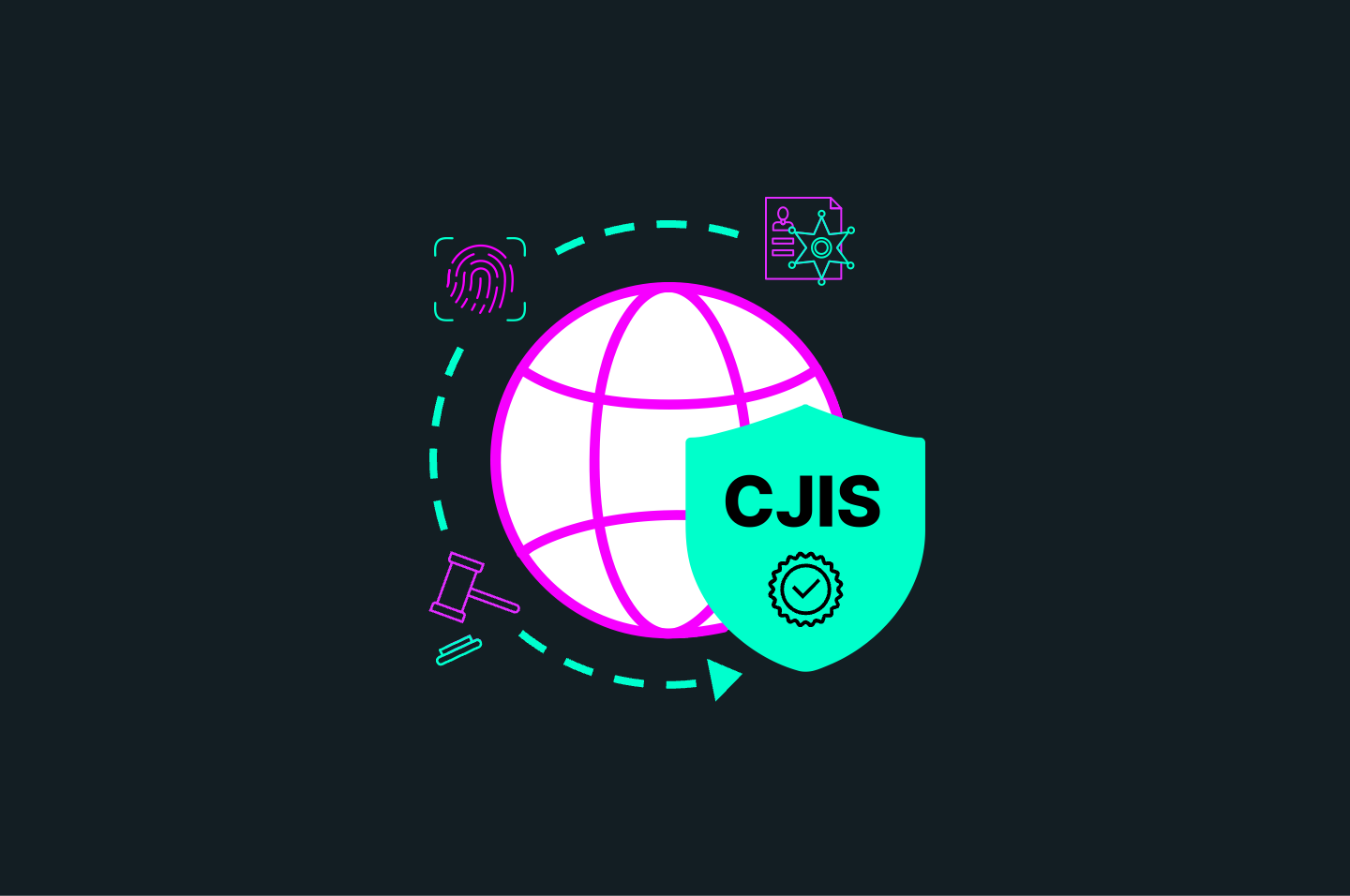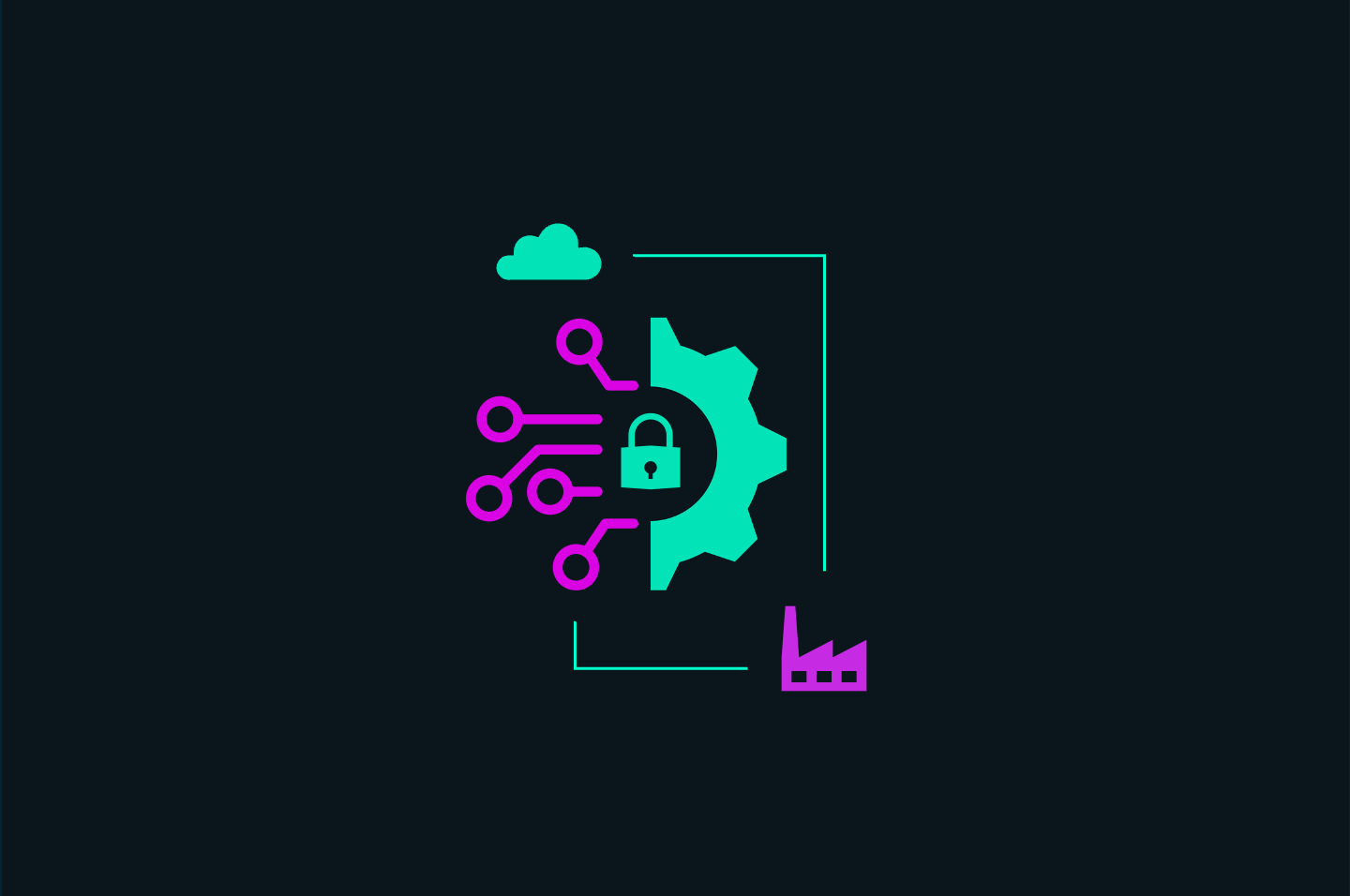Introduction
Key Takeaways

Today’s cyber threat landscape is constantly expanding and evolving. On top of that, threat actors’ attack tactics are increasingly complex and difficult to detect. It can be challenging for organizations to keep up with all the new technologies they are adopting, how and where they are being used, who is using them, and whether they are critical for operations.
Without an understanding of all of these components, it can be difficult—if not impossible—to properly secure your organization and meet all of your compliance and regulatory requirements.
Where do you begin? Before you get busy inventorying assets and seeking out vulnerabilities and other security issues, take a closer look at today’s threat landscape and what it could mean for your organization. Here are 6 reasons why today’s cybersecurity landscape is so complex.
- The pandemic changed how we work. Lockdowns and social distancing forever altered how many organizations once thought of required on-site work. As such, many had to rapidly adopt new technologies to support a mobile workforce, even sometimes as a determinant of the organization’s cybersecurity and compliance. Today, there are more technologies, more cloud-based and SaaS-based solutions and services, and more chances for threat actors to find a weakness or vulnerability you may have missed.
- Working from home doesn’t mean employees are doing homework on cybersecurity. Many workers moved out of the office and into home offices during the pandemic and a lot of companies have decided to keep either fully remote or hybrid teams going forward. While there are many benefits, there is also increased risk. Moving parts of your operation out of on-site and into homes and public spaces like coffee shops makes it incredibly difficult to stay on top of what everyone is doing. Are they using approved devices? Are their networks secure? Do they understand—and have they been properly educated and trained on—cyber hygiene best practices? If not, more risks here mean more headaches for your security and compliance teams.
- More threat actors with more focus on you. In the past, many smaller and mid-sized organizations felt as though their risk of a cyber incident or breach was low, primarily based on their size. The thought was, why go after me when there are much larger organizations out there? Yet, if we have learned anything from the increase in ransomware, phishing, and social engineering attacks, it is that any organization of any size in any industry is at risk. If you’ve got sensitive data in your networks, there’s a good chance an attacker will focus on you.
- More regulations and requirements. There are a growing number of security and compliance requirements for organizations. There are now more industry-specific controls and requirements. In the U.S., more states are now adopting privacy and security standards. Even the federal government is changing the way it approaches cyber incidents and events. Abroad, regulations like the EU’s GDPR requirements, reach around the globe. As the number and types of regulations increase, it becomes increasingly complex to manage them all and meet all necessary standards and expectations.
- The supply chain is longer. Traditionally, when we’ve talked about the supply chain, it’s been in terms of products and goods. However, today, with more cloud-based and SaaS systems and services integrated into the modern workforce, the supply chain has also become virtual and it’s also highly connected. While your organization might work directly with one vendor for one service, that vendor may contract with many other vendors to develop their product to deliver that service for you. The longer your supply chain is, the greater the risk.
- Increased geopolitical issues and weather-related events. Around the world, we’re experiencing a vast number of geopolitical events that have far-reaching impacts outside of their specific location. For example, the conflict in Ukraine negatively affected fuel supplies in the UK and elsewhere, increasing prices and forcing governments to rethink how they receive and deliver critical services. On top of that, we’re seeing an increased number of weather-related events causing disruptions, and often, many organizations experience more than one disruption at a time. The more of these events that pop up, the more far-reaching their impacts are, and the more risks it creates, adding a new level of challenges for cyber and compliance professionals.
Follow along in our 12 Days of Cybersecurity on our LinkedIn. Learn more about how Apptega can simplify day-to-day cybersecurity and compliance management and schedule a custom tour of the Apptega platform.
.svg)





